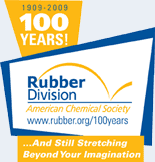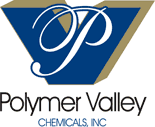![[ Visit ACS Rubber Website ]](images/logo.jpg) |
|
Centennial Elite SponsorsBecome a Centennial Elite Sponsor |
130 Improved Natural Rubber Processing and Physical Properties by Use of Selected Compounding AdditivesThursday, October 15, 2009: 8:00 AM
329 (David L. Lawrence Convention Center )
Several additives developed for use in Natural Rubber (NR) or NR containing compounds are featured in this review paper.
The use of different mixing methods for NR and their effect both on processability and on final properties are covered. Many rubber process additives exist and have been used in NR containing compounds, their influence is generally a compromise between that of processability and final cured properties. Similarly, the mixing methods, specifically the need for mastication, with NR compounds generally detract from the level of cured physical and dynamic achieved. New generation additives acting both as so-called peptiser, used for viscosity reduction, and as lubricant, for rheological influence, can offer improvements in processing and in cost saving during the production process, in terms of energy used and overall mixing time required, whilst also contributing to the final properties achieved. Such additives can be applied within mixing procedures without the need for separate mastication stages, this is of interest because of cost savings and increased productivity. Furthermore, the removal of additional mixing steps serves to limit the reduction in physical and dynamic properties seen when NR is overmixed. NR compounds often exhibit reversion; that is the decline of peak physical properties, due to thermal ageing. This is of concern both during service and within the production process itself. Speciality additives can help to limit this undesirable trend without the need for change in the curing system to that of a more expensive or less flexible alternative. This paper concludes that although NR based compounds often require viscosity reduction during processing this can be achieved without loss of productivity and, with the careful application of selected additives, the processability and cured viscoelastic properties may both be enhanced. |









